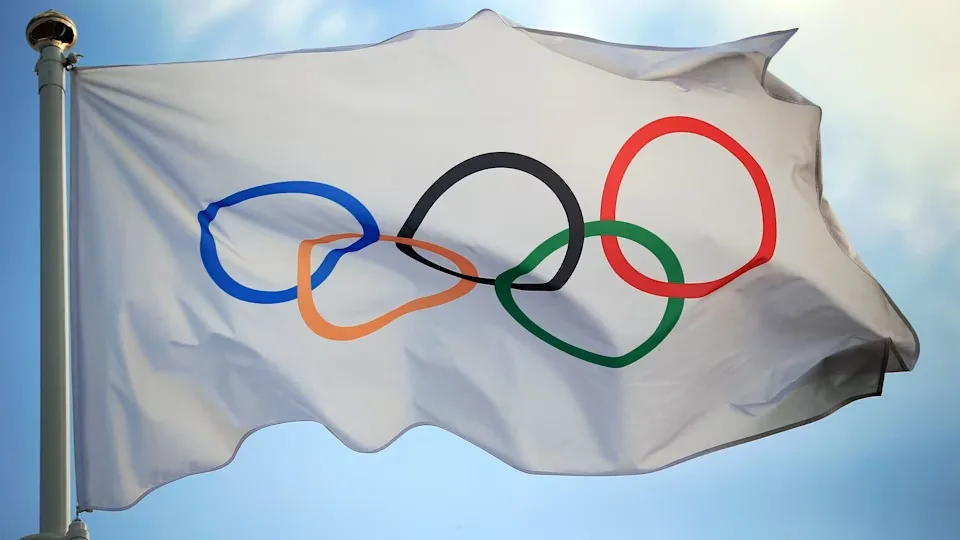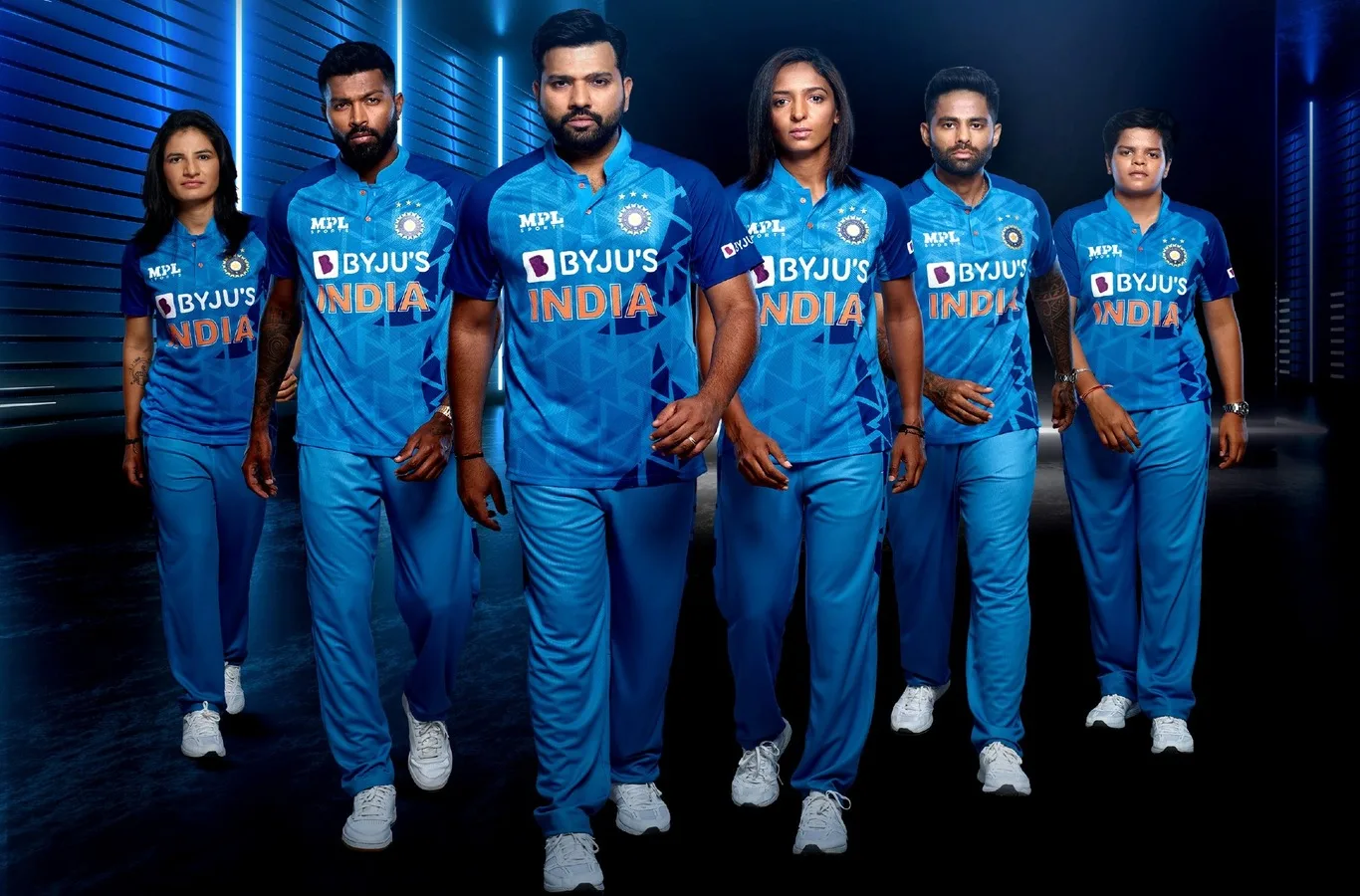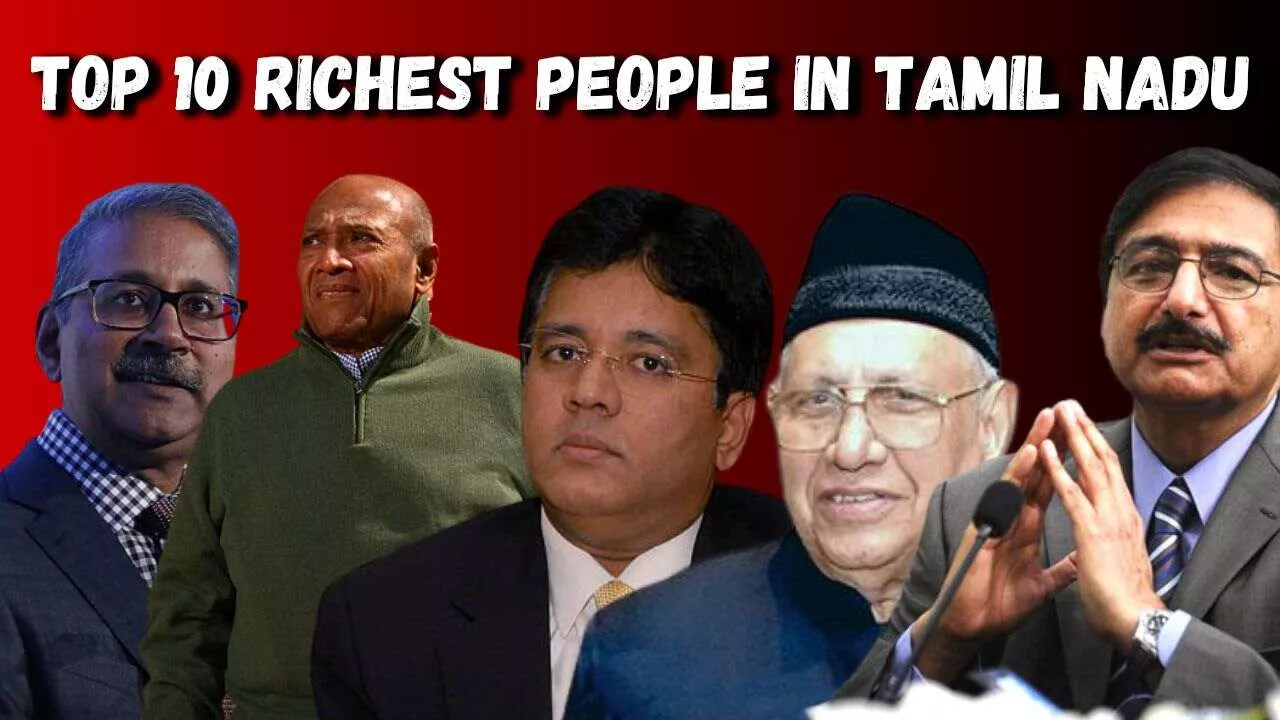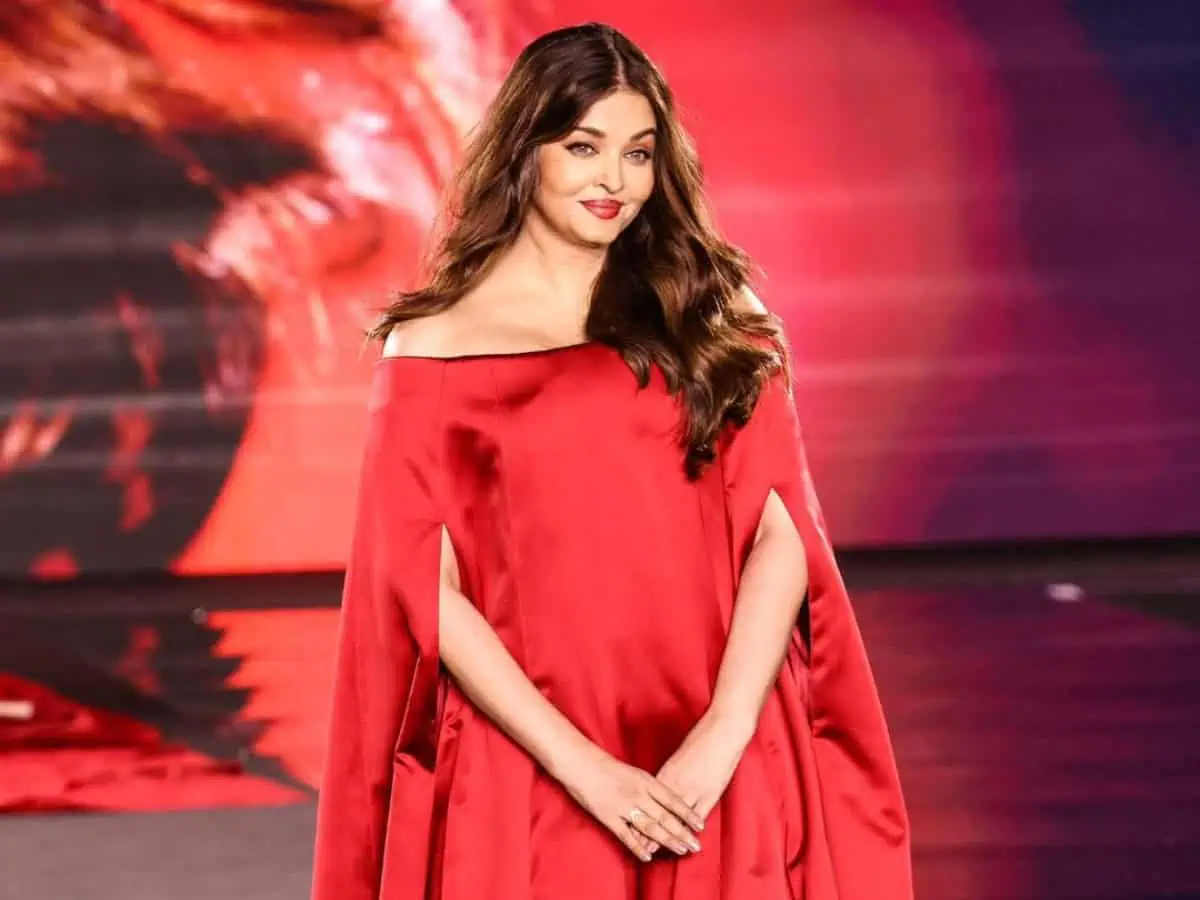The International Olympic Committee is moving toward implementing a comprehensive ban on transgender athletes from women’s Olympic events following a scientific presentation that found athletes born male retain significant physical advantages even after hormone treatment. While the IOC clarified Monday that “no decisions have been taken yet,” multiple sources indicate the policy shift is imminent, with an announcement potentially coming before the 2026 Milan-Cortina Winter Olympics.
Table of Contents
The Scientific Evidence Driving Change
Dr. Jane Thornton, the IOC’s director of health, medicine and science, presented initial findings from a scientific review to IOC members last week in Lausanne, Switzerland. The presentation marked a turning point in the Olympics’ approach to one of sport’s most contentious issues.
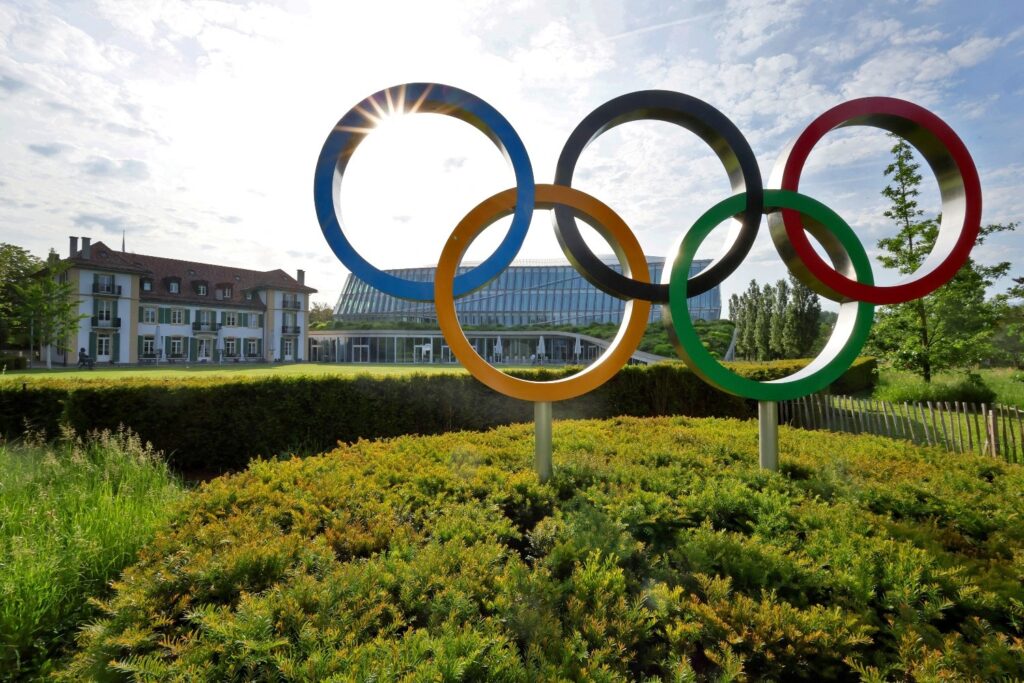
A source familiar with the presentation told The Times of London it was “a very scientific, factual and unemotional presentation which quite clearly laid out the evidence”. The findings showed there were physical advantages in males, including those who took treatments to reduce testosterone levels.
Current IOC Policy vs. Proposed Changes
| Aspect | Current Policy (2021-Present) | Proposed Policy |
|---|---|---|
| Decision Authority | Individual sports federations | Centralized IOC mandate |
| Transgender Women | Allowed with testosterone reduction | Banned from female categories |
| Implementation | Varies by sport | Universal across all Olympic sports |
| Scientific Basis | Each federation determines | IOC-mandated scientific review |
Currently, the IOC allows transgender women to compete so long as they maintain reduced testosterone levels. However, the review’s findings suggest that such policy does not sufficiently level the playing field for female-born athletes.
The proposed shift would represent a dramatic departure from the IOC’s 2021 framework, which delegated transgender eligibility decisions to individual international federations. This decentralized approach created what critics called a confusing patchwork of different standards across Olympic sports.
Kirsty Coventry: The Driving Force
IOC President Kirsty Coventry, a former Olympic swimmer from Zimbabwe, called for “protecting” the women’s category in June and there was “overwhelming support” from IOC members to do the same. During her campaign for the IOC presidency, Coventry stated that she supported banning transgender women from competition in women’s events, saying that “ensuring fairness in women’s sport and maintaining the integrity of women’s categories is essential”.
Coventry became the first woman and first African elected as president of the IOC in March 2025, winning with 49 votes on the first ballot. Her election marked a historic moment for the Olympic movement, but it also signaled a clear policy direction on transgender participation that differed from her predecessor Thomas Bach’s approach.
“We understand that there’ll be differences depending on the sport … but it was very clear from the members that we have to protect the female category, first and foremost to ensure fairness,” Coventry said. After being elected, she told reporters the policy would be reviewed, saying she wanted “the IOC to take a little bit more of a leading role“.

The formation of a working group to address transgender participation was among Coventry’s first acts as president. Coventry explained: “We’ve set up a working group of experts, medical, legal experts with international federations… And what I would like for the IOC to do is to bring everyone together to try and find a consensus amongst all of us that we can all get behind and that we can implement, and above anything and everything else, that’s fair and protects the female category and what that means“.
The Timeline and Political Context
The upcoming policy switch is likely to be announced at the IOC session in February before the Milan-Cortina Winter Olympics in Italy. Multiple sources expect such a ban to come into effect over the next six to 12 months, though the summer of 2026 is considered a more realistic timeframe for the new policy.
The timing is significant for several reasons, not least because it positions the IOC ahead of potential conflict with the United States government before the 2028 Los Angeles Olympics. The updated policy would allow the committee to avoid a potential clash with President Trump, who has said he will deny visas to transgender athletes seeking to compete in women’s Olympic events.
In February 2025, President Trump signed an executive order banning transgender athletes from women’s sports. The order empowers the Secretary of State’s office to pressure the IOC to amend standards governing Olympic sporting events “to promote fairness, safety and the best interests of female athletes by ensuring that eligibility for participation in women’s sporting events is determined according to sex and not gender identity or testosterone reduction“.
Timeline of Key Events
| Date | Event |
|---|---|
| February 2025 | Trump signs executive order banning transgender women from women’s sports |
| March 2025 | Kirsty Coventry elected IOC President, pledges to protect female category |
| June 2025 | Coventry formally takes office, announces working group formation |
| November 2025 | Dr. Thornton presents scientific findings to IOC members |
| February 2026 (expected) | Potential policy announcement at IOC session before Winter Olympics |
The U.S. Olympic and Paralympic Committee effectively barred transgender women from competing in women’s sports in July 2025, telling federations it has an “obligation to comply” with Trump’s executive order. This domestic policy created additional pressure on the IOC to establish a consistent international standard.
How Individual Sports Have Already Responded
The IOC’s anticipated policy shift would bring uniformity to a landscape that has seen dramatically different approaches across Olympic sports. Several international federations have already implemented strict eligibility criteria that effectively ban transgender women who have experienced male puberty from elite female competition.
World Athletics banned transgender women who have undergone male puberty from competing in elite female track and field events, citing retained physical advantages. World Athletics, under leader Sebastian Coe, banned transgender athletes from international competition two years ago and adopted new regulations requiring some athletes to undergo hormone-suppressing treatment for six months before competing.
Stricter rules on transgender athletes—barring from women’s events anyone who went through male puberty—have been passed by swimming, cycling and track and field. However, other sports have taken more permissive approaches, with some allowing transgender women to compete if testosterone levels meet certain thresholds.
This inconsistency created confusion and controversy, particularly when transgender or intersex athletes competed in some Olympic sports but were banned from others. The IOC’s move toward a universal policy aims to eliminate these contradictions.
The DSD Question: An Additional Complexity
The policy may also prevent female athletes with differences of sex development (DSD) from competing in women’s events, potentially affecting combat sport athletes such as boxer Imane Khelif. This dimension adds considerable complexity to the IOC’s deliberations.
Examples of DSD athletes include Caster Semenya, who won 800m gold at London 2012 and Rio 2016. Two boxers—Imane Khelif and Lin Yu-Ting—won controversial gold medals at the Paris Olympics last year despite allegedly failing to meet gender eligibility criteria at the Boxing World Championships.
The Khelif case particularly inflamed public debate. Khelif is not trans in the sense that Khelif never claimed to be a man who transitioned to female. Instead Khelif (allegedly) has male genes but was raised as a girl because of a DSD. This distinction between transgender athletes and those with differences of sexual development has proven crucial but often misunderstood in public discourse.
The IOC is still facing some internal resistance to a ban on athletes with DSD, who were reported female at birth but have male chromosomes and male testosterone levels. Such athletes have now been barred by World Athletics from the female category, but football’s governing body, FIFA, does allow athletes with a DSD to compete in the women’s game.
Speculation suggests that Thornton explained how some sports, such as World Athletics, are now using the SRY cheek-swab gene test to determine the biological sex of athletes. Whether the IOC will adopt similar testing protocols remains unclear and could face legal challenges.
The Historical Context of Olympic Inclusion
The IOC has permitted transgender athletes to compete since 2004, though the first openly transgender athletes did not participate until 2021. One recent example was Laurel Hubbard, a weightlifter from New Zealand who appeared at the Tokyo Games in 2020 but did not win a medal.
The rarity of openly transgender Olympic competitors contrasts sharply with the intensity of the debate surrounding their participation. Critics argue this reflects the precautionary principle—that elite sport should establish clear fairness standards before widespread participation, not after.
The IOC celebrated embracing diversity in 2023, stating that a cornerstone of the Olympic Movement is “the belief that sport has the power to bridge divides” and recognizing “that gender equality, inclusion, and diversity are integral components of the IOC’s vision of building a peaceful and better world through sport“. The IOC emphasized the importance of inclusion at the 2024 Olympics by creating the Pride House, which was “a dedicated space at the Games to celebrate LGBTQ+ athletes, entourage members, fans and allies“.
This inclusive rhetoric now stands in tension with the IOC’s apparent move toward categorical exclusion based on biological sex at birth. How the organization reconciles these competing values will significantly impact its relationship with LGBTQ+ communities and human rights organizations.
Reactions: Support and Criticism
Advocates for single-sex female sports cheered the anticipated rule change, calling it long overdue. “This is what we have been waiting for. The IOC will do the right thing—ban men from women’s sports,” said Jennifer Sey, CEO of XX-XY Athletics.
Many female athletes and advocates argue that fairness in women’s sport requires recognition of biological differences that testosterone suppression cannot fully eliminate. They point to advantages in bone density, muscle mass distribution, lung capacity, and other physiological factors that develop during male puberty and persist throughout life.
However, the policy faces criticism from those who view it as discriminatory. Critics argue that the IOC policy risks exclusion rather than fair inclusion and raises questions about human rights, equality, and the scientific basis for such sweeping restrictions.
A global coalition of nine groups including Amnesty International, ILGA World and Human Rights Watch called on the next IOC president to adhere to the Olympic committee’s framework on fairness and inclusion on gender identities. “The Olympic movement’s legacy depends entirely on its leaders’ unwavering commitment to equality, dignity and integrity across the dimensions of sport,” said Andrea Florence, director of the Sports and Rights Alliance.
The debate reflects fundamentally different philosophical approaches: those who prioritize categorical fairness based on biological sex versus those who emphasize individual dignity and inclusion regardless of sex assigned at birth.
What Comes Next
An IOC spokesperson stated: “The working group is continuing its discussions on this topic and no decisions have been taken yet. Further information will be provided in due course“. Despite this official caution, the momentum toward a comprehensive ban appears strong.
Much remains unclear, including whether the IOC will follow the lead of World Athletics with its cheek-swab test, and whether any new policy can withstand potential legal challenges. The implementation details—including testing protocols, appeals processes, and grandfather clauses for athletes currently competing—will be crucial to the policy’s legitimacy and enforceability.
The IOC must also consider how to communicate and justify such a significant policy reversal. After promoting inclusion and celebrating diversity, the organization now faces the challenge of explaining why categorical exclusion better serves Olympic values and women’s sport.
For the 2026 Milan-Cortina Winter Olympics, the policy’s status remains uncertain. If announced in February as expected, there may be insufficient time to implement testing and verification protocols before competition begins. The 2028 Los Angeles Summer Olympics appear to be the more likely target for full implementation.
A Watershed Moment for Olympic Sport
The International Olympic Committee stands at a crossroads that will define its approach to fairness, inclusion, and the meaning of women’s sport for decades to come. The scientific evidence presented by Dr. Thornton indicating permanent physical advantages from male development has provided the IOC with a foundation for policy change that prioritizes competitive fairness over categorical inclusion.
Under President Kirsty Coventry’s leadership, the IOC appears committed to “protecting the female category” through policies that recognize biological sex as determinative of Olympic eligibility. This represents a fundamental shift from the previous framework that emphasized individualized assessment and testosterone-based criteria.
The coming months will reveal whether the IOC can navigate this controversial terrain while maintaining its commitment to Olympic values of excellence, respect, and friendship. The policy’s ultimate form, its scientific justification, and its implementation will be scrutinized by athletes, scientists, human rights organizations, and sports fans worldwide.
For transgender athletes, the policy represents potential exclusion from the world’s premier sporting stage. For advocates of women’s sport, it offers hope for clearer fairness standards based on biological reality. For the Olympic movement, it marks a moment when competing values of inclusion and fairness could no longer be reconciled through compromise.

The Olympics have weathered many controversies throughout their long history. This latest chapter—balancing fairness, dignity, science, and values—may prove among the most defining.
Read More: Rajasthan Royals Eye Guwahati as New Home Base Amid Jaipur Tensions for IPL 2026
FAQs
Has the IOC officially banned transgender athletes from the Olympics?
No, not yet. While reports indicate the IOC is moving toward implementing such a ban based on scientific findings, the IOC stated on November 11, 2025, that “no decisions have been taken yet.” A formal announcement is expected in early 2026, possibly at the IOC session in February before the Milan-Cortina Winter Olympics.
What scientific evidence led to this potential policy change?
Dr. Jane Thornton, the IOC’s medical and scientific director, presented findings to IOC members showing that athletes born male retain significant physical advantages even after taking treatments to reduce testosterone levels. Sources described the presentation as scientific, factual, and showing permanent advantages from male development that testosterone suppression cannot fully eliminate.
When would a transgender ban take effect at the Olympics?
If announced in February 2026 as expected, the policy could take effect within 6-12 months. The 2028 Los Angeles Summer Olympics appears to be the likely target for full implementation, though some restrictions might apply to the 2026 Milan-Cortina Winter Olympics depending on the announcement timeline.
How does this affect athletes with differences of sexual development (DSD)?
The policy may also impact female athletes with DSD, such as Imane Khelif and Caster Semenya, who have male chromosomes but were assigned female at birth. The IOC is still deliberating whether DSD athletes should be treated the same as transgender women or handled differently, with internal disagreement on this aspect of the policy.
What is IOC President Kirsty Coventry’s position on transgender athletes?
Coventry, who became IOC President in June 2025, has consistently supported protecting the female category in Olympic sports. During her campaign, she pledged to implement a ban on transgender women from female Olympic events, stating that “ensuring fairness in women’s sport and maintaining the integrity of women’s categories is essential.”

